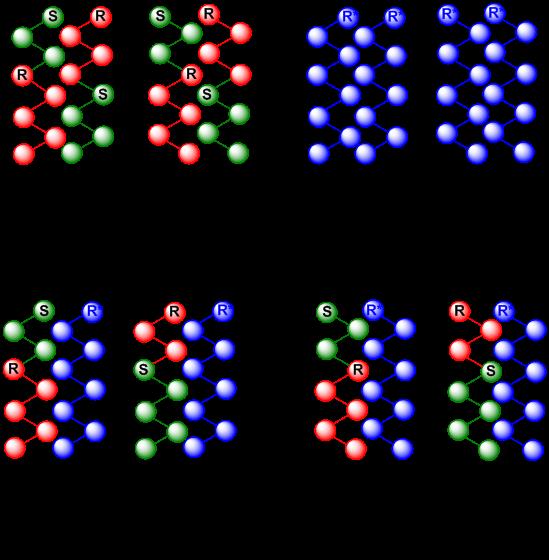
Emese Pálovics
Budapest University of Technology and Economics, Hungary
Title: A presumable mechanism of the separation of diastereomeric- and enantiomeric mixtures
Biography
Biography: Emese Pálovics
Abstract
Based on our and others experimental observations we can declare that the distribution between two phases of enantiomeric- and diastereomeric mixtures can be identical (in melt-solid, solution-solid, solid-gas, liquid- liquid phases). The stoichiometry of distribution of enantiomers and diastereomers between phases is determined by the eutectic composition of enantiomeric mixtures of chiral compounds present in the mixture. The distribution of chiral compounds can be different in different solvents. According to the kinetic or thermodynamic control the composition of phases may change during the distribution (i.e. crystallization time) in the same solvent. The molecules in solution (not in solid state) form polymers, associates having P and M helicity, forming double helices (with parallel and antiparallel arrangement). Thus, mirror-image crystals will be formed during the crystallization. Crystals precipitating from the supramolecular associates having P and M helicity formed according to the self-disproportionation (SDE) of chiral compounds are crystallizing in the ratio of the eutectic composition (eeEu) of chiral compounds. Diastereomeric mixtures are separated when the mixture has no mirror-image relation. In this case, the ratio of mirror-image compounds will correlate with the eutectic composition of one of the chiral molecules present in the mixture. The solvent and the time (time of the distribution, time of crystallization) will determine that which one of the chiral compounds will influence the composition of the diastereomeric According to these principles, we have proposed a possible mechanism for distribution of enantiomeric and diastereomeric mixtures , justified by our earlier and recent experimental results.
Image

Publications
- Pálovics E, Szeleczky Zs, Bagi P, Faigl F, Fogassy E (2015) Regularities between Separations of Enantiomeric and Diastereoisomeric Mixtures Periodica Polytechnica-Chemical Engineering 59:26-37.
- Pálovics E, Schindler J, Faigl F, Fogassy E (2012) Behavior of Structurally Similar Molecules in the Resolution Processes, Comprehensive Chirality Vol. 8, Physical Separations, pp: 91-95.
- Szeleczky Zs, Semsey S, Bagi P, Pálovics E, Faigl F, Fogassy E (2016) Selecting Resolving Agents in Respect of Their Eutectic Compositions Chirality the Pharmacological Biological and Chemical Consequences of Molecular Asymmetry 28:230-234.
- Faigl F, Fogassy E, Nógrádi M, Pálovics E, Schindler J (2010) Separation of non-racemic mixtures of enantiomers: an essential part of optical resolution Org. Biomol. Chem. 8:947-959.
- Pálovics E, Szeleczky Zs, FÅ‘di B, Faigl F, Fogassy E (2014) Prediction of the efficiency of diastereomer separation on the basis of the behaviour of enantiomeric mixtures RSC Advances 4:21254-21261.
- Szeleczky Zs, Bagi P, Pálovics E, Fogassy E (2015) The effect of the eutectic composition on the outcome of kinetically and thermodynamically controlled resolutions that are based on the formation of diastereomers Tetrahedron: Asymmetry 26:377-384.

